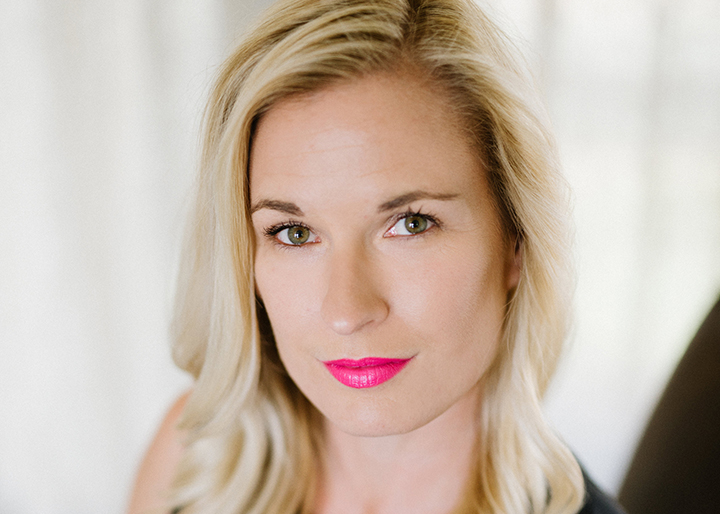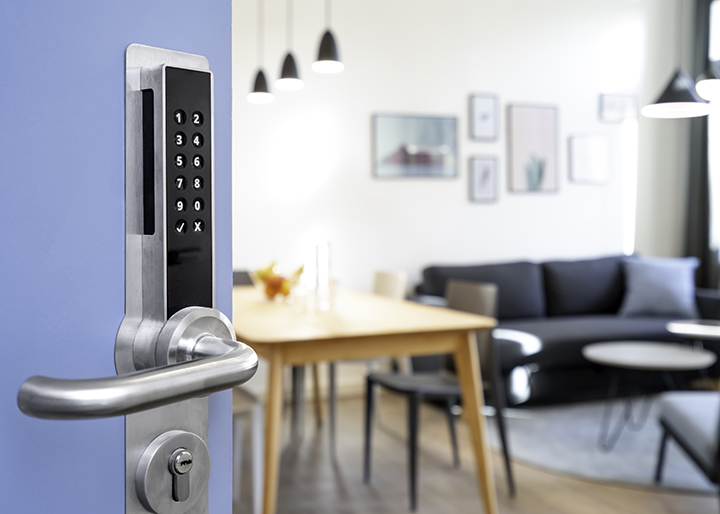Q&A With Radian’s Rebecca Smith
A Conversation About Past, Present and Future Rebecca Smith is vice president of business development for asset management (including single family rental) with Radian. She has more than 20 years of experience in the Real Estate and Mortgage Default industry. Smith helped create a vendor network and establish best practices for the valuations operation, which led to her managing the vendor network for all of REO management. In her current
Read More











